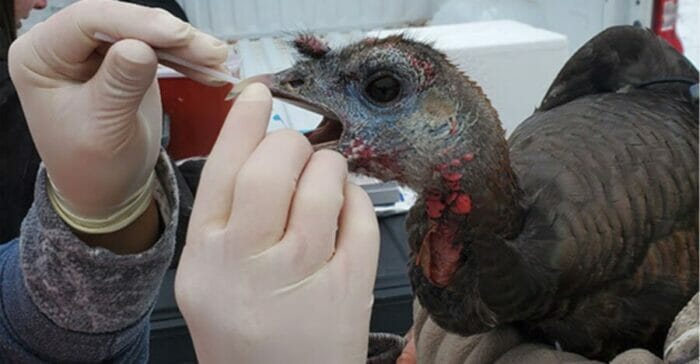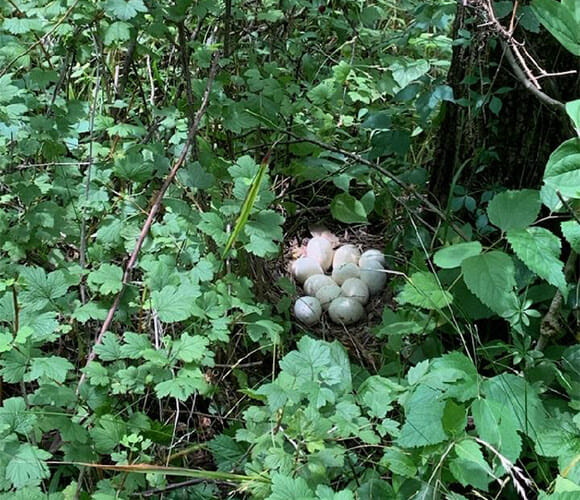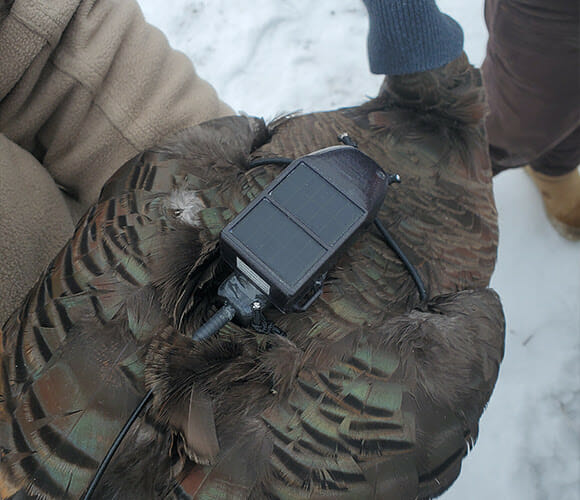Investigating Predators and Habitat: In-Depth Wild Turkey Research in Iowa
The National Wild Turkey Federation (NWTF) has launched a multifaceted wild turkey research project in southeastern Iowa. The study seeks to clarify how predation affects the broader understanding of wild turkey nesting habitat needs.
Predators vs. Habitat: A Concerning Question
The effect of predators on wild turkey’s presence has long been a primary concern among hunters, landowners, and conservationists. While many predators consume wild turkeys and disturb their nests, the birds are known for their ability to evade them, especially when their habitat needs are met.
However, a significant question arises: What is impacting the wild turkey population more? Increased predators or insufficient habitat to avoid becoming prey? This question forms the core of the comprehensive wild turkey research study.
Iowa Study: A Closer Look
In southeastern Iowa, the five-year poult-to-hen ratio averages 1.9, indicating that the population is in decline. The ongoing research is a collaboration between the Iowa Department of Natural Resources, Luther College, and the USDA Animal and Plant Health Inspection Service, with funding from the NWTF Iowa State Chapter and NWTF’s 2023 investment in wild turkey research.
The 10-year project, initiated two years ago, aims to uncover the factors behind declines in poult production and hen survival, and enhance the understanding of wild turkey ecology data, including nest predation, female demographic rates, disease prevalence, resource selection, movement behavior, and more.
“Much of the wild turkey population dynamics information in Iowa is outdated,” said John Burk, NWTF district biologist for Iowa, Missouri and Illinois. “There is no doubt a decline, and there is also no doubt that predation plays a major role in it.”
He continued, “We have always known of the importance of nesting and brood rearing habitat and have a decent handle on what it should generally look like. However, our understanding of how these habitats need to be specifically juxtaposed on the landscape to reduce predation rates is something different that many ongoing turkey studies are taking a closer look at.”
Findings and Challenges: Early Insights
Since the project began, 161 female wild turkeys have been marked with VHF-GPS transmitters. Research in 2022 showed an overall nest success rate of only 11%, a 10% decrease from previous studies.
Dan Kaminski, IDNR wildlife research biologist and principal investigator, noted, “It’s important to note that we are in the infancy of our study, but of these nests, more than 80% likely failed due to predation. We need to better understand the relationship between habitat and predation to improve management efforts and avoid biases.”
The study is also examining if poor nesting habitat is the culprit and using a quantitative approach to understand the relationship between predation and habitat.
Advancing Wild Turkey Research
The research is employing cutting-edge technology like VHF-GPS transmitters, providing valuable data on hen nesting. Kaminski stated, “Using these data, wildlife managers will be able to provide science-based recommendations on the management of wild turkeys and their habitats to inform the development of appropriate policy and management actions […] its findings can have applications beyond state lines and can help conserve this awesome resource far into the future.”
This wild turkey research in Iowa is just one of 10 new research projects funded by NWTF in 2023.



